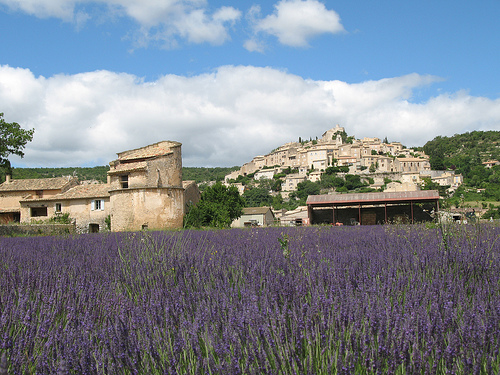PART 7: FINDING PURE ESSENTIAL OILS
EDITOR’S NOTE: Since Gary Young’s passing, we have been taking stock of the tremendous contributions he made to the world by revisiting his presentations such as this fascinating twenty-part blog post series that recounts Gary’s ongoing discoveries about pure essential oils, their properties, and their production. Here’s Part VII.

As Young Living grew, the need to do my own in-house testing became greater and greater. Finally, in 1996 I purchased my first gas chromatograph instrument, which was the beginning of our analytical facility, which has now become a very sophisticated laboratory.
Now, with these instruments for analyzing the essential oils, because of all my years of distilling, I can see what chemical profile comes from different times of harvesting such as in the morning, noon, or afternoon; from the day-time temperature; from the temperature in the cookers; and from the length of time the plants are cooked. Because of the vast number of variables, it would be impossible to know all of the criteria for the best time and way of distilling without this laboratory analysis.
In 2000 I purchased an all-lavender farm in the Simiane Valley in the heart of Provence, France, which became the fourth farm for Young Living. I was thrilled to share and converse with other farmers as one of the community members of lavender growers. Many distributors have come and volunteered their time to help in the harvest and bask in the aroma of freshly distilled lavender.
A few months later, I was riding through the timberland with Mary in the northern part of Idaho near the Canadian border looking at the different tree farms and the possibility for new opportunities. With the distillery in St. Maries, Idaho, we felt that we should be looking for different plant material that we could distill. What we found was appalling! A large number of Christmas tree farms were being destroyed. Hundreds of acres of balsam fir trees seemed to have grown too big to be useful, and so the farmers were just cutting them down and burning them.
This gave me another great idea, which led to the beginning of my fifth farm. This proved to be very rewarding as we learned a great deal through the distillation of this “unwanted tree.” Now harvesting the balsam fir trees has become an annual event as many of you have joined me at this farm in the freezing Idaho winters to take part in this “chilling,” but exciting, activity!
To be continued . . .

